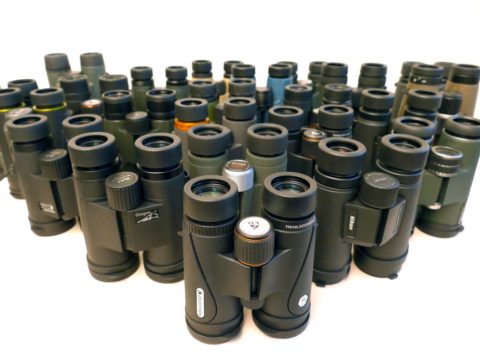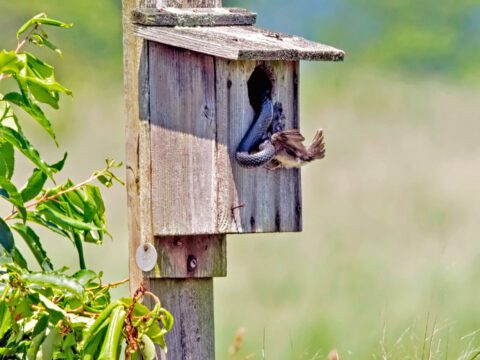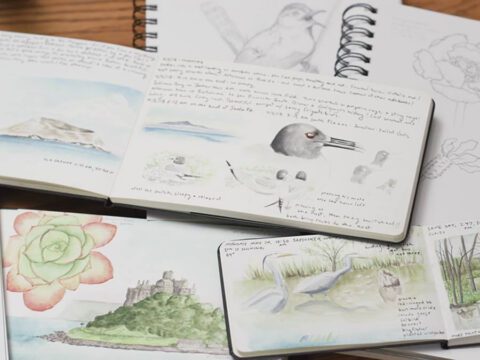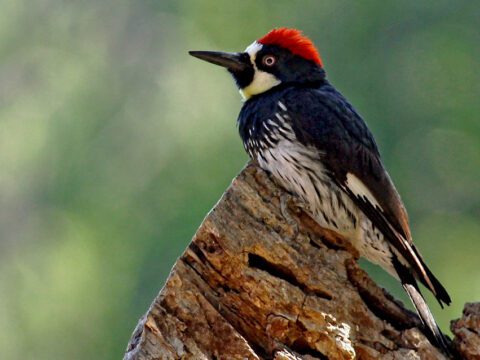Citizen Science Flourishes in Cuba
Story and photograph by Karen Purcell
October 15, 2010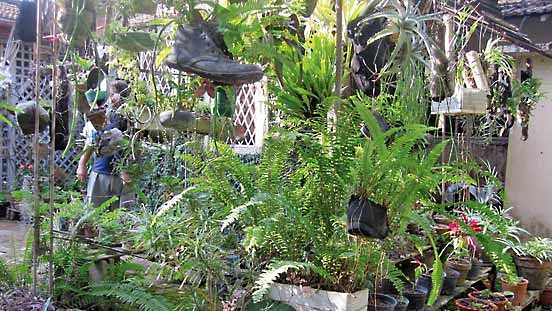
A trip to Cuba in April really opened my eyes to the way citizen science and environmental education are taking hold on the island. As project leader for Celebrate Urban Birds, I found I had plenty to learn from the way Cubans go about involving the public in conservation. Cuba has 369 bird species (42% of the Caribbean’s bird species), including 25 endemic species and 24 that are endangered.
My first stop was the colorful Caribbean Festival of Endemic Birds. This festival highlights endemic birds throughout the Caribbean and draws people from the Bahamas, Dominican Republic, Jamaica, Puerto Rico, and other countries. Cuba joined the festival in 2003 and now hosts urban bird walks, talks, games, and contests that reach 70,000 Cubans.
To go beyond the monthlong festival, students and ornithologists in Havana began a set of citizen-science programs for middle-schoolers, modeled on Cornell Lab projects but focused on Cuban birds. Hundreds of budding ornithologists design their own projects, pose original questions, and collect, analyze, and present their data. I was treated to some amazing presentations—the children asked deep questions, gave professional talks, and answered follow-up queries with confidence and ease.
My favorite example was a group that studied caged parrots to learn how many are being taken from the wild. Keeping wild birds in cages is a long-standing Cuban tradition, but it jeopardizes some of the island’s wild populations. So 90 students, representing 15 Havana schools, knocked on 3,000 doors to survey homeowners. The idea is to monitor changes in the popularity of caged parrots over the years while informing households about the issues.
Eight student groups presented their findings at the project’s second annual young ornithologists’ workshop. Students and experts debated the wild bird trade and discussed the conservation merit of their projects. The children also led educational activities in their schools and communities, focusing on parrot conservation and the illegal caged-bird trade. In a few years, the work of these young students may bring improvements in understanding this practice.
Working with disabled populations is also a high priority in Cuba. At the House for the Visually Impaired of the Ophthalmology Hospital in Santiago de Cuba, I sat in on a discussion of how visually impaired children perceive birds, and how bird songs can help them to connect with nature. Later, I visited the city’s Garden of Ferns, an urban oasis used for therapeutic sessions with autistic children. The garden contains some 360 species of plants, creatively arranged in a spunky “Cuban Garden” where flowers grow from shoes, old pots, and other items.
Trips like these are really about making connections. We did a lot of that! We discussed citizen science with professors and students in Havana, and we exchanged ideas with colleagues from the Tomas Romany Museum of Natural History and BIOECO (Eastern Center of Ecosystems and Biodiversity). Many thanks to the John D. and Catherine T. MacArthur Foundation for making this trip possible and to all the friends we’ve made in Cuba. I really look forward to continued collaborations to make life better for birds and people in both our countries.
Karen Purcell is Project leader, Celebrate Urban Birds.
Originally published in the Autumn 2010 issue of BirdScope.

All About Birds
is a free resource
Available for everyone,
funded by donors like you
American Kestrel by Blair Dudeck / Macaulay Library

